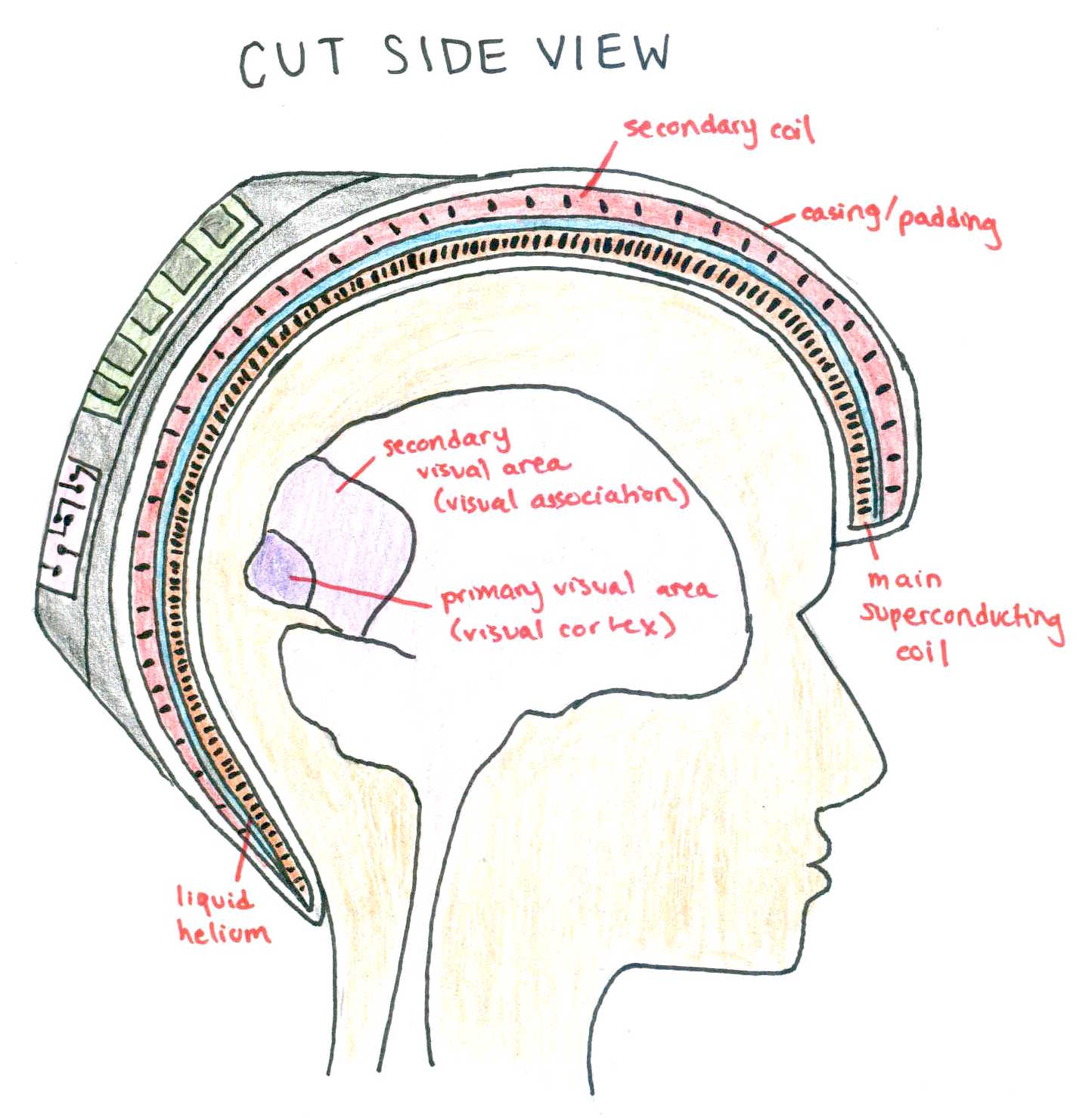

Toshiba's Exploravision is a national competition to contrive technologies that can make a significant impact on the world. However, one does not need to build their proposed technology, nor worry about how feasible it is. This allows for exploration in unfamiliar fields and unlimited creativity. So, I partnered up with Mihika Nadig and we began brainstorming ideas. After many failed thoughts, I finally remembered a NOVA TV show, which showed and briefly explained Jack Gallant's MRI image reconstruction process. Although neither of us knew much about neuroscience, after reading his paper, we knew it would be the way to go. Thus, we began creating The Mind Reader.
ABOUT
WEBSITE: http://frannycisca7.wix.com/themindreader
RESEARCH PAPER: https://docs.google.com/document/d/1Y0hlYcWJlgIojjgEgY-y2n81r4uKTxRbBu3v251EPwY/edit
ABSTRACT: Recently an image reconstruction process was tested at Gallant Labs in UC Berkeley and recreated frames of a movie seen by a person in an MRI machine. Over past years, there have been several advances in the development of miniature MRI technology. With our proposed technology, the Mind Reader, we hope to combine and improve upon the best aspects of both of these technologies. By basing the machine on individual neural activity rather than hemodynamic blood flow, changing the current linear regression model of the reconstruction algorithm to a higher-power regression, and improving the MRI superconductors, we hope to create an efficient, cheap, and mobile machine to record what one sees. The Mind Reader can help us understand mental illnesses, study the effects of drugs and medications, solve criminal cases, construct better brain-computer interfaces (assist paralysis patients), and spawn an era of innovation in the field of neuroscience.